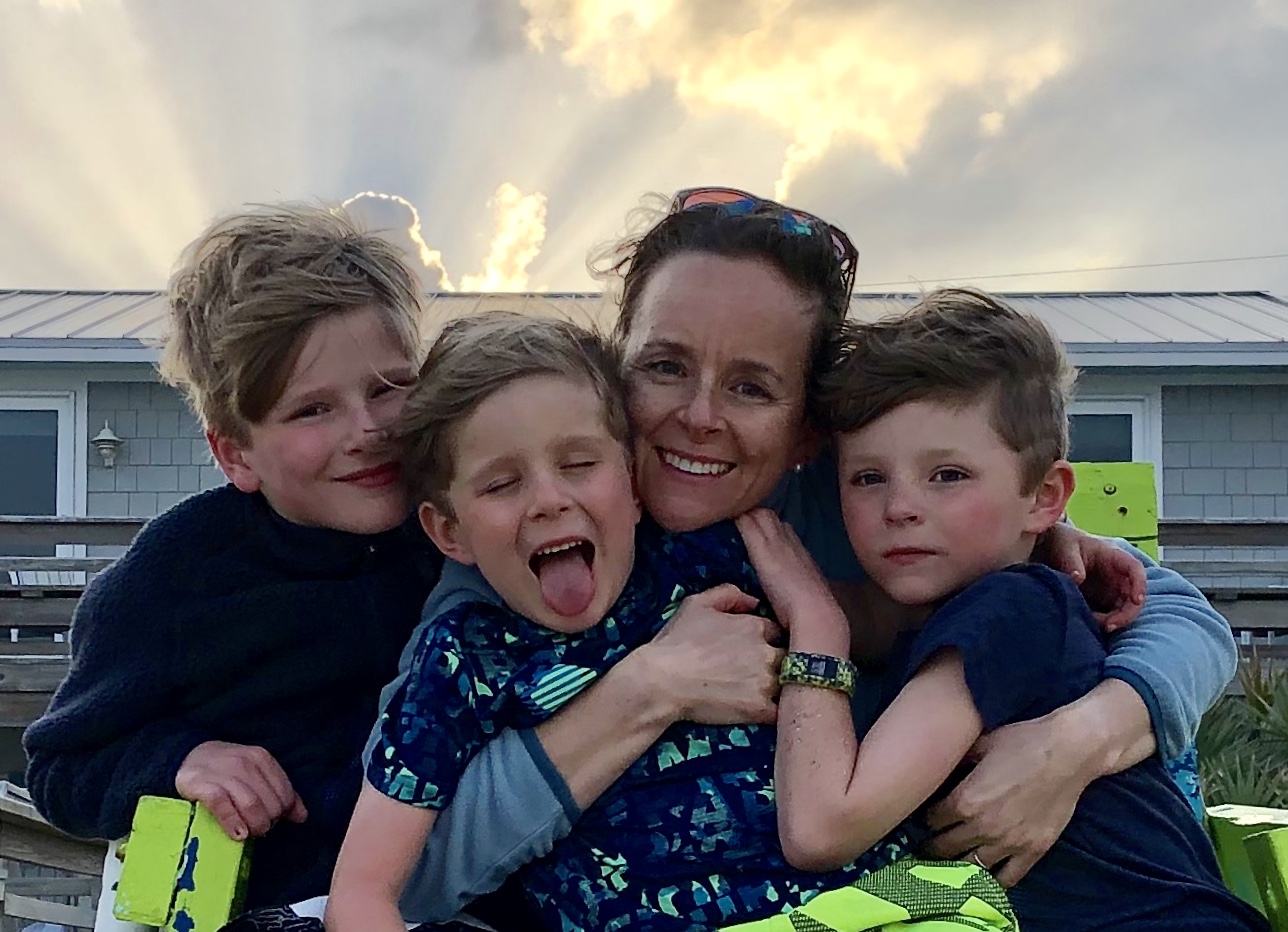On an island full of residents who pride themselves on their domesticated landscaping, several Port Washington residents have begun the process of rewilding their property, or undoing domestication.
Rewilding — the act of protecting, restoring, and creating new habitats to support biological diversity where nature can take care of itself — promotes a way of living that creates greater health and well-being for humans and the ecosystems that we belong to.
This local initiative is being led by (the aptly named) ReWild, a new community organization that seeks to foster this transformation by creating “pioneer spaces” that publicly demonstrate the beauty and practicality of self-sustaining habitats.
Founded in 2017 and led by local environmentalist David Jakim, and Rusty Schmidt, president of the Long Island Native Plants Initiative, ReWild is a group of “practical gardeners within a growing movement who seek to ‘live our values’ and convince our neighbors with real-life examples.”
As an advocate for groundwater conservation — this summer will be the third year that I will turn off my home irrigation system after the required “backflow test” — it seemed fitting that I volunteer my property as a “pioneer space.”
(In full disclosure, I moved into my home two years ago and haven’t had the time, energy or cash flow to devote to the garden, and this sounded like a free landscape architect assessment. No brainer.)
And so two weeks ago, my rewilding process began with a visit from Rusty, landscape ecologist extraordinaire, who came to my home with a color aerial photo of my property (featuring a topographical map overlay). Rusty asked if I had any wishes or visions for the land, and I expressed interest in building a composting area and perhaps a space for a small garden. Enter the keyhole garden idea! (Please look it up online — it’s both incredible and beautiful.)
Together we slowly walked around my yard while he effortlessly rattled off the names of each green item living on my land. He gave both the botanical and common name for each plant, followed by whether or not the plant was native to Long Island.
To my great surprise, I had no native species of plants on my property. As if that wasn’t crushing enough, some plants were invasive* species, which he informed me had to be pulled from the ground.
How can that be? No native plants? Come on! Sensing my grief and embarrassment, Rusty assured me I was not alone, as almost all of the homes on Long Island have no more than 5 percent of native plants.
Native plants are those that occur naturally in a region in which they evolved. They are the ecological basis upon which life depends, including birds and people. Without them and the insects that co-evolved with them, local birds cannot survive.
For example, research has shown that more than 500 species of caterpillars call native oak trees home. Conversely, ginkgos, a commonly planted landscape tree from Asia, host only five species of caterpillars. When it takes over 6,000 caterpillars to raise one brood of chickadees, that is a significant difference. (Also of note, when giving me names of native species of trees to plant in my yard, Rusty would say the botanical name and then add, “Yes, that tree can handle the pollution.” And so I keep asking my family when we can move to the Pacific Northwest.)
By planting native species, you will also:
Save water: According to the Environmental Protection Agency, 30 percent to 60 percent of freshwater in American cities is used for watering lawns. Native plants have adapted to thrive in their regional landscape, without added water or nutrients.
Use fewer chemicals: Less lawn mowing, fertilizing, and pesticide application means cleaner air and water. Homeowners apply nearly 80 million pounds of pesticides to lawns in the United States each year. During storms, lawn chemicals can be carried by runoff and wind, contaminating our local waterways. Native plants are often hardier than non-native ornamentals and thrive without pesticides or fertilizers.
Reduce maintenance: Less lawn means less time mowing, weed-whacking, and edging. Landscaping with native plants isn’t maintenance free — invasive weed species are an ongoing issue in any garden. But with careful landscape planning and plant selection, you can create a garden space that minimizes the ongoing input of time and money. That’s a mighty nice change from constant lawn care. And when the mower’s tucked away, you can hear bird song in the silence that reigns.
Create beauty: What does a beautiful outdoor space look like? What does it mean to have a “well-kept” yard? Our standards of green beauty and orderliness need shifting. Our manicured plantings are an aesthetic that not only largely excludes birds and other wildlife, but has a hefty carbon footprint.
Most importantly, while we have all been led to rewilding for different reasons, this movement is a means of coming together in a desire to rewild our homes, our communities, and ourselves.
Still reading? Did I flip the switch in your brain? You see the light? Please join us. Break free. Stop the madness. Rewild your garden. Rewild yourself.
* Invasive species are non-native and pose a significant threat to natural ecosystems. Many of these invasive plants are escapees from gardens and landscapes where they were originally planted. Purchased at local nurseries, wholesale suppliers and elsewhere, these plants have the potential of taking over large areas, affecting native plants and animals and negatively changing the ecosystem. With few predators and little competition for resources, these new plants can displace native flora, reducing plant diversity until a landscape is no longer able to support a longstanding native plant, animal, and insect communities.
Raju Rajan contributed significantly to this article.



